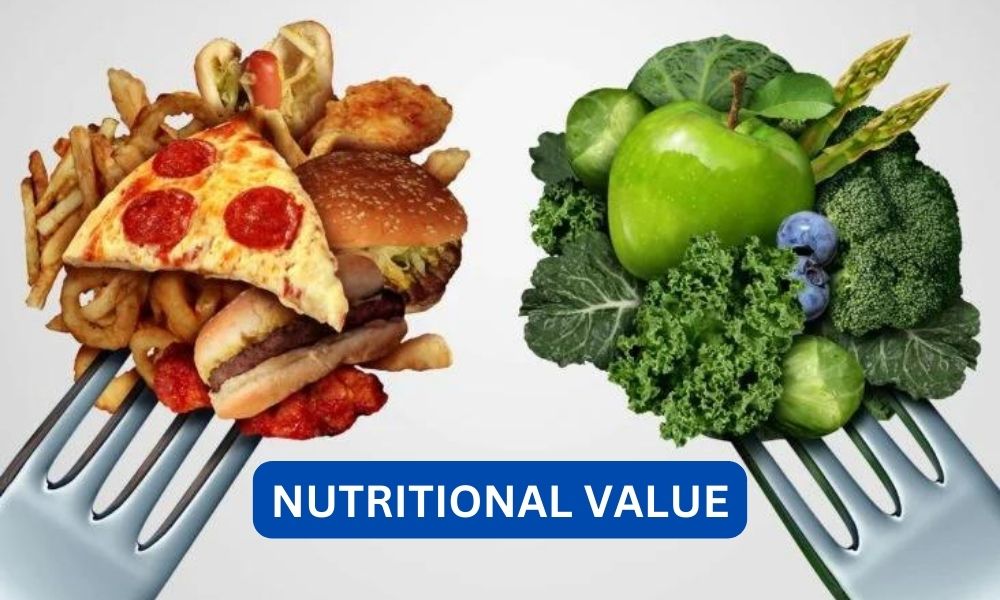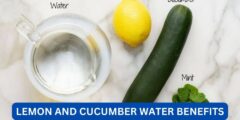When it comes to maintaining a healthy diet, knowing the nutritional value of the food we eat is crucial. This is especially important for those who have specific dietary needs or are trying to reach certain health goals. However, figuring out the nutritional value of a recipe can be a daunting task. With so many ingredients and varying serving sizes, it can be overwhelming to calculate the exact nutritional information. In this article, we will discuss the steps you can take to figure out the nutritional value of a recipe, as well as some helpful tools and tips to make the process easier.
Contents
Understanding Nutrition Labels
Before we dive into how to calculate the nutritional value of a recipe, it is important to understand nutrition labels. Nutrition labels provide information about the nutrients and ingredients in a particular food item. They are typically found on the back or side of packaged foods and include information such as serving size, calories, fat, carbohydrates, protein, and various vitamins and minerals.
It is important to note that the information on nutrition labels is based on a standard serving size, which may not always match the serving size in a recipe. This is why it is important to calculate the nutritional value of a recipe to get a more accurate representation of the nutrients in the food you are consuming.
Read:What does cranberries and pineapples mean?Step 1: Gather Ingredients and Serving Size
The first step in figuring out the nutritional value of a recipe is to gather all the ingredients and determine the serving size. This may seem like a simple task, but it is important to be as accurate as possible. If the recipe calls for 1 cup of flour, make sure you measure out exactly 1 cup and not just estimate.
It is also important to determine the serving size of the recipe. This can be done by looking at the number of servings the recipe yields. For example, if a recipe makes 4 servings and you eat 2 servings, you will need to double the nutritional information to get an accurate representation of what you consumed.
Step 2: Calculate the Nutritional Information for Each Ingredient
Once you have gathered all the ingredients and determined the serving size, the next step is to calculate the nutritional information for each ingredient. This can be done by using a food database or nutrition calculator. There are many online resources and apps available that provide nutritional information for various ingredients.
When using a food database, make sure to select the correct brand and type of ingredient to get the most accurate information. For example, the nutritional value of a generic brand of peanut butter may differ from a popular brand.
Read:what is the recipe of coca colaIf you are using a nutrition calculator, you can simply input the ingredients and their quantities to get the total nutritional information for the recipe. Some calculators also allow you to save the recipe for future use, making it easier to track your meals and their nutritional value.
Step 3: Add Up the Nutritional Information
Once you have the nutritional information for each ingredient, the next step is to add them up to get the total nutritional value of the recipe. This includes calories, fat, carbohydrates, protein, and any other nutrients that are listed on the nutrition label.
If you are using a nutrition calculator, this step will be done automatically for you. However, if you are calculating the nutritional value manually, make sure to double-check your calculations to ensure accuracy.
Step 4: Divide by the Number of Servings
After adding up the nutritional information, the next step is to divide it by the number of servings in the recipe. This will give you the nutritional value per serving. For example, if a recipe has a total of 800 calories and makes 4 servings, each serving will have 200 calories.
Read:What is jimmy mustard jimmy johns?It is important to note that this calculation is based on the standard serving size mentioned on the nutrition label. If you are using a different serving size, you will need to adjust the calculations accordingly.
Helpful Tools and Tips
Calculating the nutritional value of a recipe can be time-consuming, but there are some helpful tools and tips that can make the process easier.
1. Use a Nutrition Calculator
As mentioned earlier, there are many online resources and apps available that provide nutritional information for various ingredients. These nutrition calculators can save you time and effort by automatically calculating the nutritional value of a recipe for you.
2. Invest in a Food Scale
Using a food scale can help you accurately measure the ingredients in a recipe. This is especially important for ingredients that are measured by weight, such as flour and sugar. A food scale can also help you determine the serving size more accurately.
3. Be Mindful of Portion Sizes
When calculating the nutritional value of a recipe, it is important to be mindful of portion sizes. This is especially important if you are trying to reach certain health goals or have specific dietary needs. It can be easy to underestimate or overestimate the amount of food we consume, so paying attention to portion sizes is crucial.
4. Use Recipe Analysis Tools
There are also recipe analysis tools available that can help you calculate the nutritional value of a recipe. These tools allow you to input the ingredients and serving size, and they will provide you with a detailed breakdown of the nutritional information.
Conclusion:
In conclusion, figuring out the nutritional value of a recipe may seem like a daunting task, but it is an important step in maintaining a healthy diet. By following the steps outlined in this article and using helpful tools and tips, you can easily calculate the nutritional value of any recipe. Remember to be mindful of portion sizes and use accurate measurements to get the most accurate representation of the nutrients in your food. With this knowledge, you can make informed decisions about your diet and reach your health goals.








